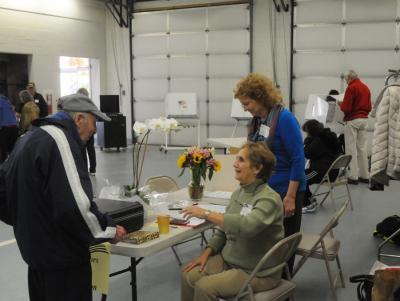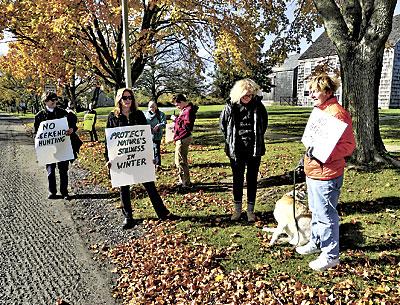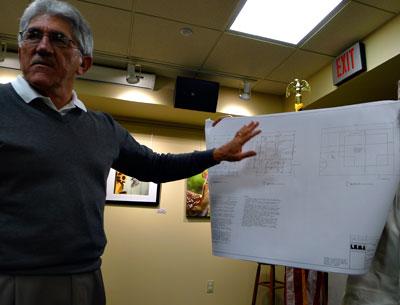Airport Noise Meeting
Airport Noise Meeting
A noise analysis report on the East Hampton Airport is to be the subject of a special town board meeting today at 10 a.m. at East Hampton Village’s Emergency Services Building on Cedar Street.
Peter Kirsch, an aviation attorney hired by the town, will be on hand to address the interim report and potential next steps for the town. Peter Wadsworth of the town’s airport finances subcommittee will review an analysis of 2014 airplane noise. A public comment period will follow the presentations.



